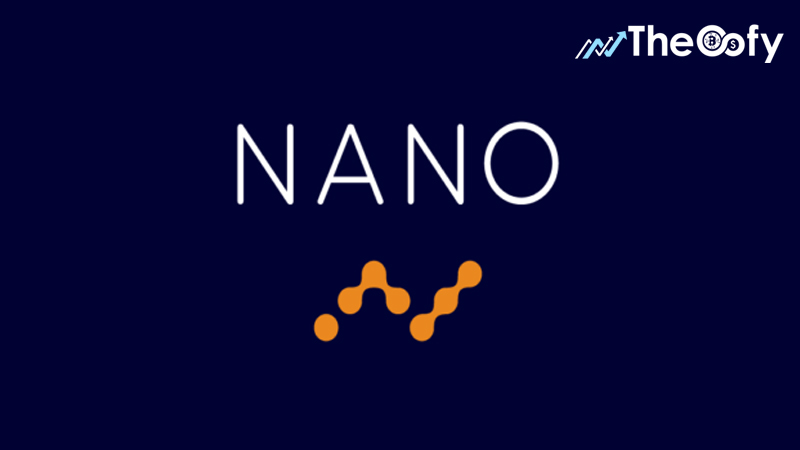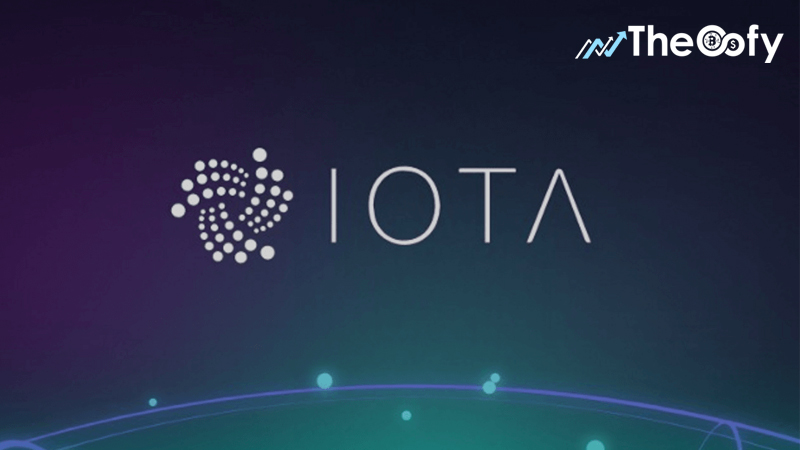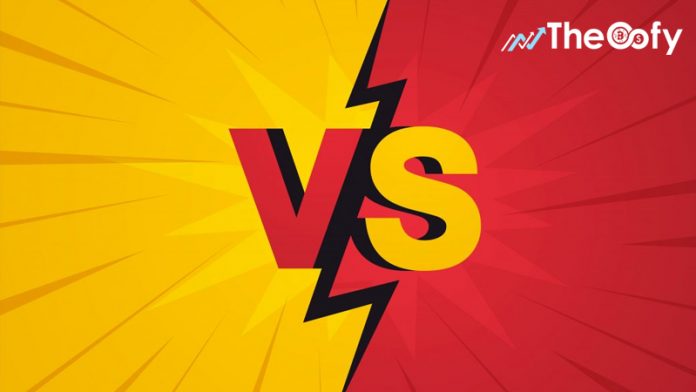Transaction fees play an essential role in the world of cryptocurrencies. Miners processing transactions are awarded these fees in return for their support of the network. There is a new generation of cryptocurrencies gaining popularity; namely that of fast, feeless, minerless cryptocurrencies (I’ll use FFM for fast, feeless, and minerless from now on)
Table of Contents
#2 NANO

At the moment, there are only a few to name, and IOTA and RaiBlocks are two of the most prominent ones at the moment. They differ quite vastly in how they implement FFM. This means they have different characteristics in how they perform, their complexity, and their robustness. I’ll go over these in the following sections.
Keeping safe this zero-fee concept is not an easy or simple taskor not even straightforward. Moreover, Nano uses a very different algorithm compared to most big players of cryptocurrencies. The developers purposefully prefered for a featherweight solution, which also makes the costs of initiating a node down to zero. All transactions are fee-less and can be transferred by only 1 UTP packet.
Most experts would doubt how this will affect the NANO blockchain and its potential swell. NANO processes every single transaction individuall by aiming to solve this issue. This removes the need for block size scaling, as transactions are basicly handled on an as-they-come basis, comparatively similar in batches every particular minutes. Interestingly model seems to work very well for this currency.
#1 IOTA

Most cryptocurrency followers will know what IOTA is all about as of right now. In order to send transactions over the IOTA network, you, the client, must perform minimally heavy computations on two previous transactions in the network. These computations take, on the order of, a few seconds to a few minutes, depending on the power of your GPU (the proof of work algorithm in IOTA is GPU optimized) and your luck. Once you successfully perform the proof of work required, your bundle of data gets broadcasted over the IOTA network, where it sits waiting to be confirmed by future transactions. This is a pay-it-forward kind of system.
IOTA uses a zero-fee transaction model similar to NANO, This seems to work quite well for this specific project. Moreover, it is an essential appearance of dealing with IoT transactions. M2M (Machine-to-machine) model needs to be both cheap and skillful at all times. IOTA is working on securing this process.
By not promoting a traditional blockchain solution, IOTA can productively clinch these fee-free transactions. The Tangle, a technology the use of tip selection and the waiting for it to be confirmed has forced many to doubt the ability for it to handle huge volumes, powering the entire IOTA ecosystem, gives an order to transactions awaiting completion. IOTA seems to be more inclined to making partnerships to further their chances of adoption Every transaction being broadcasted needs to verify two backed-up transfers. There is no official “transaction fee but yet again user will pay a bit of electricity to send money over the internetwork.




